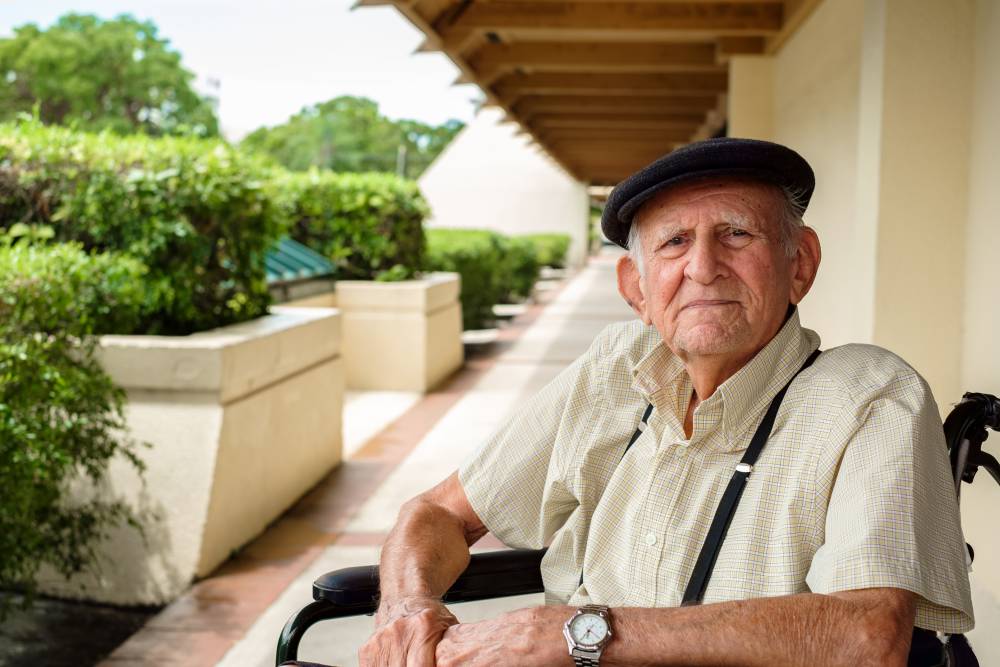
As the aged care sector continues to grapple with the coronavirus, an increasing number of older people are finding themselves caught in a tough spot – requiring care but hesitant to move into an aged care facility.
It was anticipated that aged care occupancy in Australia would significantly drop due to the impacts of the coronavirus. Between April and June this year, Australia has seen the greatest three-month occupancy decrease in decades – dropping by 1.7 per cent. Analysts anticipate it will reach 2.6 per cent later this year.
To date, there have been 1492 cases of COVID-19 in Australian aged care facilities (the majority in Victoria). 1215 are active, 49 have recovered and there have been 228 deaths. Aged care deaths account for 70 per cent of COVID-19 deaths in Australia.
So what happens to those who require increased care? Whose homes aren’t fit for ageing in place? Or those who can no longer live alone?
Danielle Robertson is the founder of DR Care Solutions, a consultancy that provides tailored care options for care recipients, carers or guardians. She has helped families for over 30 years, her work spanning across aged care and disability care. Many of Robertson’s clients are facing the issue of delaying moving, or moving a loved one, into an aged care facility.
For those who require immediate medium to high care Robertson says. “We would recommend tailoring the solution to suit the financial capacity to pay for those who need more care, asking family members and friends to provide support and care – and share the load.” It’s also important to determine what government funded care is available early on.
“The risks of moving someone into a facility during the pandemic are contracting the disease itself, being socially isolated from loved ones who are unable to visit and staff shortages due to staff contracting COVID-19.
She suggests that only those who really need to move are moving into aged care facilities right now. “We are seeing people only moving into care for ‘end of life’ care and support, or those with severe behavioural issues or those who don’t have funds to pay a private fee for service care.”
The pandemic has seen families considering moving an older family member into their homes, or moving into the home of a loved one to assist with care.
“Factor in your own life and lifestyle before rushing into making a decision to move in with a loved one – it might be easier to have the loved one move into your home in the interim particularly if there are other family members coming and going to support you as a carer,” Robertson says.
“Moving into the ageing person’s own home is more likely to be a bigger drain on you as a carer. Consider respite or additional in-home care and support services to enable you to keep your ageing loved one at home with you.”
There are many impacts on an older person being home alone during lockdown periods. Social isolation is not to be underestimated. People are not able to undertake their usual activities like shopping, going for a coffee, seeing family or attending a social club. It’s incredibly important for family members and friends to sustain connections with older people, either over the phone, video call or by visiting with physical distancing measures in place.
If the older person is considering staying in their own home for longer, a little retrofitting can make big differences. Robertson suggests equipping homes so people can age in place with more confidence. The bathroom usually requires the most attention, such as installing non-slip walk-in showers and implementing a hand-held shower head, ideal for when using a shower chair. In the kitchen, it could be replacing stone or ceramic tiles that are “unforgiving on falls” with softer flooring. These changes can have significant impacts.
For a full rundown of retrofitting homes for older people, read Robertson’s blog post here.